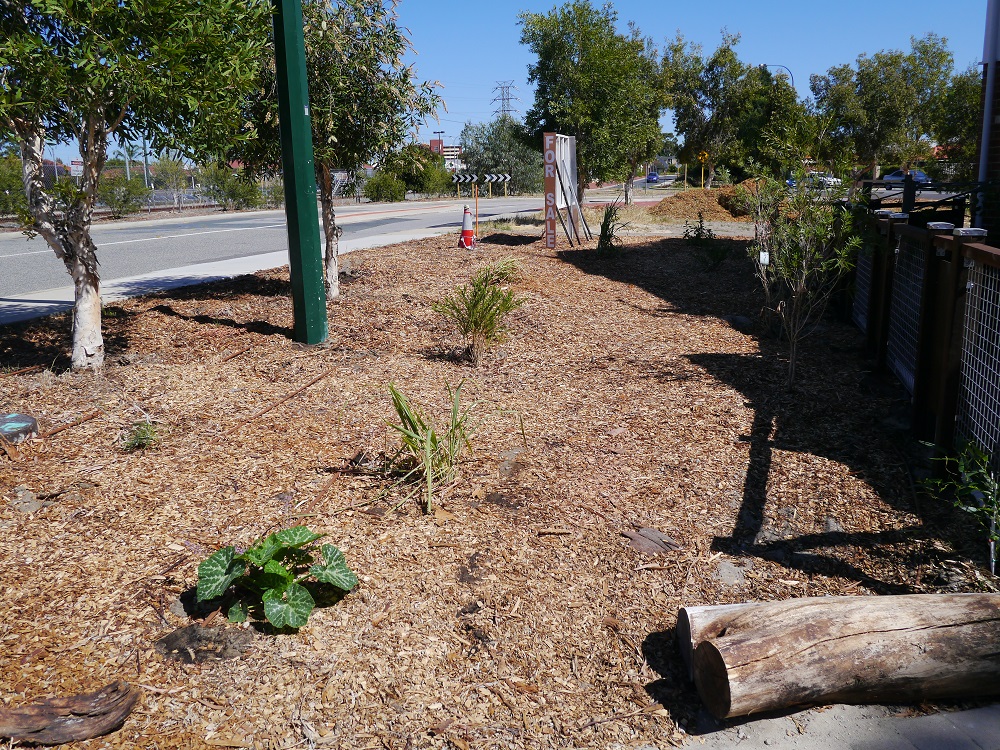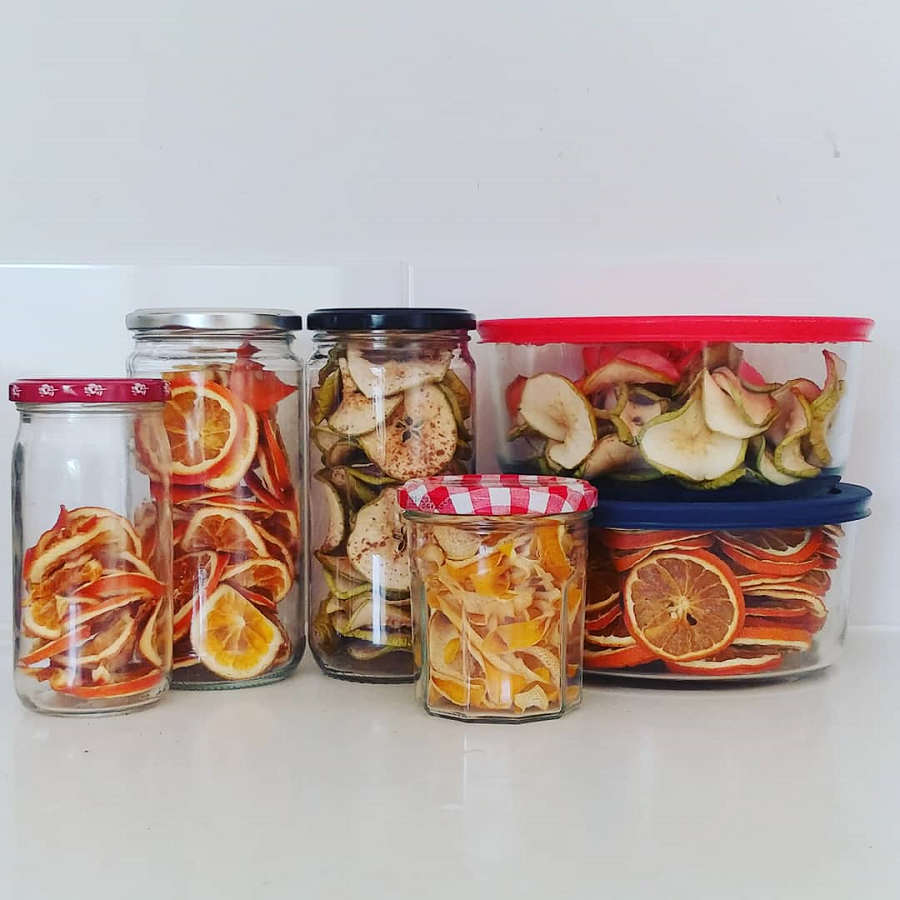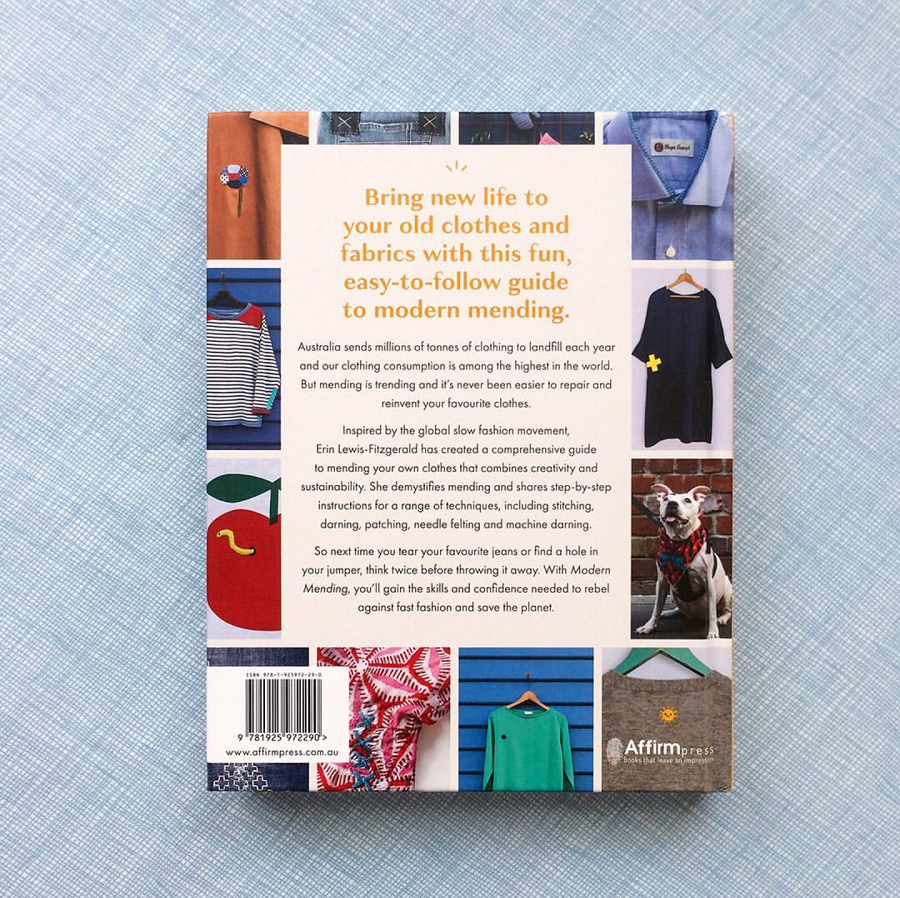How to get started growing vegetables…fast
At the start of the year, I started a project to transform my front-and-back lawn into a productive food garden. I got the compost cranking early on, and four chicken ladies moved in to help with pest control, weed suppression and providing manure (oh, and eggs). I’ve been slowly working on a garden plan, and my next steps were sorting out reticulation (to water the garden) and planting trees.
However, then life as we know it turned upside down, and priorities shifted.
In light of the continuing food shortages in the stores and impending isolation, not to mention that a lot of food sold here on the west coast is reliant on trucks arriving from the east coast (which feels fragile with all this uncertainty), I decided that growing vegetables was my new priority.
It seems that growing vegetables is everybody’s new priority, as veggie seedlings and packets of seeds have become the new toilet roll – selling out everywhere.
If you’ve decided you want to start growing food – whether you’re not sure where (or how) to start, or you just panic bought a heaps of seeds or seedlings and you’re not quite sure what to do with them, I thought I’d talk you through the process.

How to set up a vegetable garden…fast
One thing I want to be clear about is setting up a vegetable garden fast is not the cheapest way to do it. Fast will cost you more. As just one example, seedlings cost more than packets of seeds, and packets of seeds from a store cost more than swapping saved seeds with a neighbour.
As another example, making compost is cheaper than buying a bag from the store…. but if you don’t have a compost bin set up, you’re looking for at least 8 weeks before it’s ready. And that’s assuming you have enough stuff to fill it straightaway.
We are in unusual times, and what we might do in “normal” circumstances isn’t necessarily what we are doing now.
Fast costs more. But if your priority is securing a food supply for you, your family and your neighbours, or avoiding the stores as much as possible, the cost might be worth it.
Planting your veggie garden – containers or in-ground?
There are pros and cons to every option, and some plants will do better in one or the other.
In-ground beds
This is the cheapest option by far, and in-ground beds are less likely to dry out or become waterlogged than containers. Plus, worms and other good guys are free to come and go. In a hot, dry climate like Perth, these work well because they lose less water than growing plants in containers.
On the downside, they aren’t great if you have mobility issues, and your dog, other pets or young children may not understand the difference between lawn and vegetable beds.

With in-ground beds, you do need to know how good your soil is. When I lived in the UK and had an allotment, I could put anything into the ground, add nothing to the soil, and get a great crop. If I plant out seeds or seedlings straight into the ground in Perth, they’d shrivel and die (or at least, not get very big). There are various amendments I’d need to add to my beds – compost, clay (I live on a sandpit), rock minerals, and potentially other things too.
If you’re not sure what I’m talking about, and you’re keen to get your veggie garden started fast, I’d suggest going with containers or raised beds and buying soil. If you have a little more time, I’d suggest finding some local gardeners to chat to (either garden groups on Facebook, or even the staff at the local garden centre) about what they’d recommend for where you live.
Raised garden beds
The cost of these can vary substantially. Brand new beds made from colourbond steel or wood, or made by a tradesperson are at the top end; second-hand beds can be sourced for less (they are usually easy to track down on online classified sites like Gumtree), and at the bottom end, people make their own with salvaged materials and offcuts.
One advantage of the metal ones is they are lightweight and easy to move – so if you find you’ve put them in the wrong spot, or decide down the track you no longer need them and want to sell them, this is fairly straightforward. Wooden beds are more difficult to move once in place, as are brick/slab beds.

In colder climates, raised garden beds can work well for crops that like warm summers (aubergines, tomatoes, peppers etc). In hot climates like Perth, they tend to dry out, particularly metal ones, that get hot (we’d be better with sunken beds, really) and aren’t ideal for the climate. They might be a good option if you struggle with bending and kneeling, or you suspect in-ground beds will be trampled by dogs and children.
Raised garden beds also need to be filled with soil: the bigger the bed, the more soil, which is another expense. There are ways to save on the cost of soil, if you go down this route:
- Rather than buying bags of soil, find a local soil yard where you can buy bulk soil. you may be able to bring a trailer and load up, or you may be able to order a soil delivery. It is much more cost-effective than buying bags (plus, no waste).
- Buy soil suitable for growing vegetables, and buy the best quality you can afford. When it comes to soil, you get what you pay for.
- Vegetables only have roots that are 25-30cm deep, so only buy good soil that will fill your beds 25-30cm deep. If you have deeper beds, fill the base with something else. I’ve seen people use empty milk bottles (because they have square sides they work pretty well), or you could fill with street tree mulch. If you have to buy soil, buy the cheapest soil for the bottom, and put the good stuff on the last 20-30cm only.
- If you live in Perth, you can find bulk soil at Green Life Soil Co or Carlisle soil yard. Search for ‘landscaping supplies’ or ‘soil yard’ to find options near you. You can order street tree mulch Australia-wide from mulchnet.com.

Containers
If you’re short on space or have a tight budget, containers are a good option. They can be anything from purpose-made plant pots to old wine barrels, to repurposed olive oil drums or plastic tubs. They need less soil than a garden bed.

However, some plants are challenging to grow in containers, and whatever you do plant will need more looking after – watering more often and feeding the soil.
If you’re planning to grow in containers, check how big the plants will get and ensure you’ve chosen a big enough container – or you won’t get a crop. Lettuce, radish and spring onions won’t take up much space; cauliflower, broccoli and courgette/zucchini get huge, and you’ll need a big pot for just one plant.
Grow food in the right location
Vegetables need a certain number of hours of sunlight to grow. Summer vegetables like tomatoes, capsicums, squash, courgettes and cucumbers need full sun and lots of it. Kale, lettuce and spinach will still grow well with less sun.
When planning on where to put your containers or beds, you need to choose a spot that’s best for them rather than best for you. Full sun is ideal in winter (when daylight hours are less), afternoon shade is good in summer. The sun is also a lot lower in the sky in winter, meaning shadows from buildings and trees are cast a lot lower.
In an ideal world, planning a garden, you’d map out the sun patterns for spring, summer, autumn and winter (so 4 times a year) in morning, lunchtime and mid-afternoon. It’s easy to figure out where the sun is tracking in the sky, but how far the fence shadow or the neighbour’s tree reaches on the shortest day is harder to figure out. There are suntracking apps, but I prefer the slow approach. Usually.
Examples of shadow differences at the same time of day, three months apart (summer and autumn):


If you head outside today, in March, and make a note of where the shadows are, that’s a helpful start. Shadows will get shorter in summer and longer in winter. If you’re heading into winter and notice the shadows are already covering the site where you want to plant, it might not be ideal. If you’re heading into summer, there will be less shadow as the sun gets higher.
It’s an important consideration with in-ground beds, but matters less with containers, as you can move them. If you have the option, orient garden beds directly north (in the southern hemisphere) or directly south (in the northern hemisphere).
Choosing plants (seeds versus seedlings)
If you’re wanting to start a veggie garden quickly, you’ll want to choose plants that grow quickly and can be eaten quickly.
Vegetables that grow quickly and can be planted now (in spring in the northern hemisphere and autumn in the southern hemisphere) include:
- Carrots
- Salad leaves – so many different varieties to choose from
- Greens – kale, Swiss chard, spinach
- Lettuce (which are really salad leaves left to grow into full-size lettuce)
- Beans (bush or dwarf beans grow faster than other types)
- Spring onions
- Beetroot
- Radishes (one of the fastest growing vegetables)

Generally speaking, the fast-growing varieties I’ve mentioned above are easy to grow from seed, and much more affordable this way. It’s better to avoid root vegetables as seedlings as transplanting can damage the roots. Plus, one root vegetable seedling will give you one root vegetable (so one carrot seedling will give you one carrot, compared to something like a bean plant, where one plant will give many pods).
Seedlings are more established plants, so you’ve got a headstart on the growing process. You might like to buy lettuce or spring onion seedlings, or slower growing vegetables (pepper/capsicum seedlings will save you a few weeks of growing time). If there are multiple plants in each cell, you’ll need to thin them out or they will suffocate one another and not grow well.
If you can’t get seeds or seedlings at the garden centre, online gardening groups are a great place to swap seeds. Even if you can’t go out, members will often post seeds to you if you cover the postage (I’ve done this in the past).

You can even plant seeds you find in your pantry – such as coriander, mustard, amaranth or parsley seeds.
Whatever you choose, ensure you plant according to the instructions (and if there are no instructions on the packet, check online). Some plants – like broccoli or cauliflower – need a large space to grow, even though the seeds are tiny.
Start small, and learn as you go
You’ll learn much faster once you’ve started, so don’t try to read everything beforehand. Start, but start small.
The way I learned to garden was sticking some seeds and plants in my allotment, and seeing what happened. Then, as I noticed issues (seeds not germinating, or yellow leaves, or plants being munched by birds) I’d look up solutions. Some seeds can take weeks to germinate (others are fast, so you may have a dodgy packet of seeds), yellow leaves can indicate a nutrient is missing from the soil, or perhaps there is too much watering, and netting or cut up plastic bottles can protect seeds from birds (in the UK, birds would always eat my beans – but here in Perth the birds aren’t interested).

If you really don’t know what you’re doing, don’t do too much too soon. Plant a few things one week, and a few things the next, and so on. Better this than spending a fortune buying a raised garden bed and planting hundreds of dollars worth of plants, only to realise down the track you put the bed in completely the wrong spot, and discover all the plants you chose are frost-sensitive after they are wiped out overnight.
There is so much information out there. Books, YouTube videos, blog posts, social media pages and groups. Where possible, try to find information that’s local to where you live. The people growing food where you live will know what pests are common, which varieties grow best, the weather patterns, what to plant right now, what you might need to add to the soil… and where to find what you need.
Growing food is fun, a useful skill to have, and infinitely rewarding. It’s easy to forget the problems of the day when you’ve got your hands deep in soil. And there is nothing (nothing!) that tastes better than a homegrown carrot. Not even chocolate. Promise.
Now I’d love to hear from you! Are you starting to try growing food for the first time? Are you stuck or have any questions? Have you been growing food for a while and have any tips for newbie growers? Anything else to add? Please share your thoughts in the comments below!
































